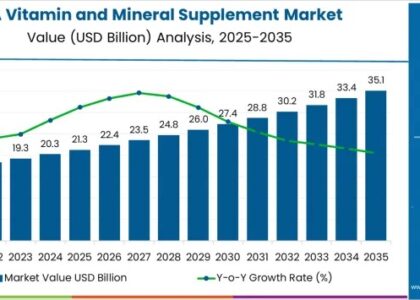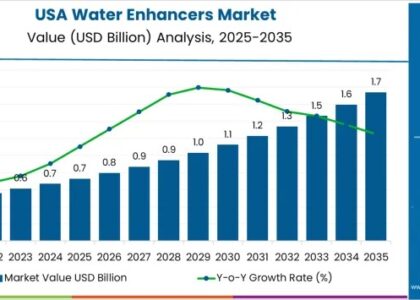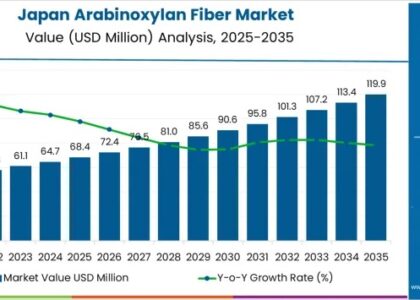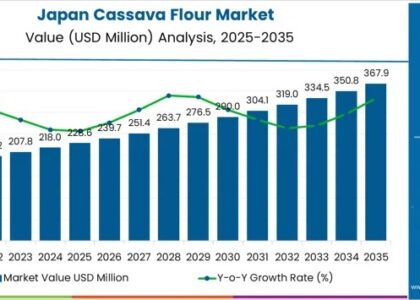Inkjet coders market have become indispensable in the printing of batch numbers, expiry dates, barcodes, and QR codes across diverse packaging materials, ensuring traceability, compliance with hygiene regulations, and enhanced product identification. As packaging standards grow more stringent and consumer demand for transparent supply chains increases, inkjet coding technology has rapidly evolved. The market is projected to exceed USD 4,184.5 million by 2035, growing at a CAGR of 7.2% during the forecast period.
This growth is primarily driven by the rising need for fast, flexible, and high-resolution marking systems in industries such as food and beverages, pharmaceuticals, personal care, electronics, and logistics. Inkjet coders—particularly continuous inkjet (CIJ) and thermal inkjet (TIJ) systems—enable high-speed, non-contact coding even on irregular or curved surfaces. Additionally, the adoption of UV-curable and solvent-based inks has enabled businesses to maintain print durability under challenging storage or transport conditions, expanding application versatility.
As production lines become more automated, inkjet coders are increasingly integrated into smart factory ecosystems, equipped with real-time monitoring, data logging, and minimal human intervention. Their low maintenance and ability to function on-demand with minimal downtime are key reasons they continue to replace older technologies like stamping and embossing in modern manufacturing.
Get Ahead with Our Report: Request Your Sample Now!
https://www.futuremarketinsights.com/reports/sample/rep-gb-17972
Market Trends
-
Increasing use of UV-curable, solvent-resistant, and pigmented inks for durability
-
Adoption of compact, modular, and mobile inkjet coding systems for production flexibility
-
Integration with Industry 4.0 infrastructure for real-time data sharing and monitoring
-
Growth in demand for coding solutions compatible with eco-friendly and recyclable packaging
-
Shift from manual to automated coding systems in SMEs for improved traceability
Driving Forces Behind Market Growth
-
Stricter global regulations requiring traceable and tamper-proof packaging
-
Expansion of e-commerce and logistics sectors increasing demand for barcode labeling
-
Surge in demand from food, pharmaceutical, and cosmetic sectors for non-contact coding
-
Rising need for multilingual and variable data printing on global product lines
-
Advancements in high-resolution printhead technology and ink formulation
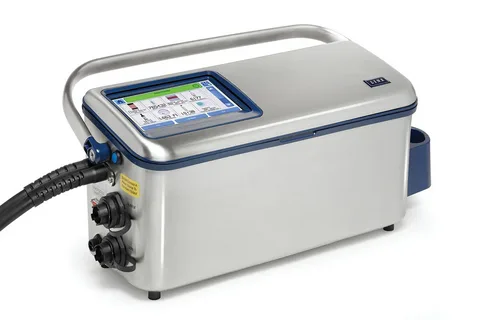
Challenges and Opportunities
-
Frequent changes in labeling standards across regions requiring adaptable systems
-
Ink volatility and drying times may impact efficiency in high-speed applications
-
Opportunities in developing sustainable and bio-based inks for green packaging
-
Demand for coding equipment that can handle multiple substrates without reconfiguration
-
Growth in demand for inkjet coders in emerging markets with expanding manufacturing bases
Thorough Market Evaluation: Full Report
https://www.futuremarketinsights.com/reports/inkjet-coders-market
Recent Industry Developments
-
Launch of inkjet coders with smart sensors for auto-detection of print surfaces and adjustment
-
Development of eco-conscious inks with low volatile organic compound (VOC) emissions
-
Manufacturers offering subscription-based models for hardware and consumables
-
Integration of inkjet coders into robotic packaging and palletizing systems
-
Investment in digital platforms for remote diagnostics and maintenance scheduling
Regional Analysis
-
North America: High adoption across food, beverage, and pharmaceutical industries; increasing focus on regulatory compliance and smart factory deployment
-
Europe: Mature market with emphasis on sustainable ink usage, traceability, and stringent EU packaging regulations
-
Asia Pacific: Fastest-growing region, driven by expanding FMCG and manufacturing sectors in China, India, Japan, and Southeast Asia
-
Latin America: Gradual growth due to increasing food exports and improvements in packaging infrastructure
-
Middle East & Africa: Emerging markets showing growing demand from food processing, industrial packaging, and healthcare sectors



